which pipe should I use
v1rt
13 years ago
Related Stories

KITCHEN DESIGN12 Great Kitchen Styles — Which One’s for You?
Sometimes you can be surprised by the kitchen style that really calls to you. The proof is in the pictures
Full Story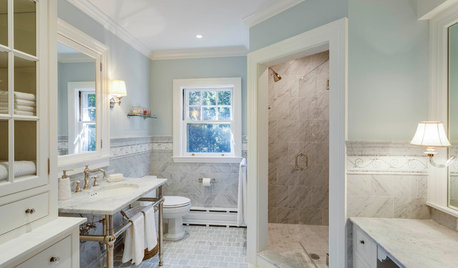
BATHROOM DESIGNWhich Bathroom Vanity Will Work for You?
Vanities can be smart centerpieces and offer tons of storage. See which design would best suit your bathroom
Full Story
LANDSCAPE DESIGNGarden Overhaul: Which Plants Should Stay, Which Should Go?
Learning how to inventory your plants is the first step in dealing with an overgrown landscape
Full Story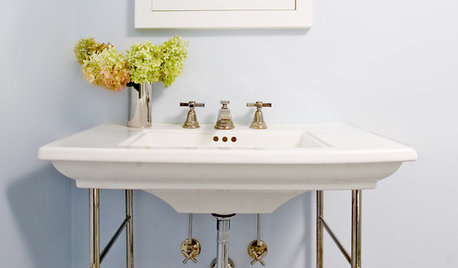
BATHROOM DESIGNSink Pipes Worth Seeing
Decorative Options Let You Get Creative With Those Fixtures Under the Sink
Full Story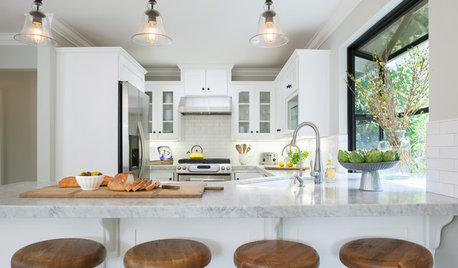
KITCHEN DESIGNKitchen of the Week: A Burst Pipe Spurs a Makeover
Once dark and clunky, this compact kitchen in a 1962 ranch is now light, bright and cheerful
Full Story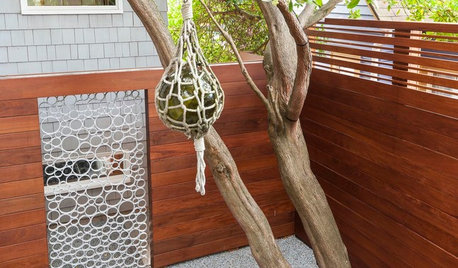
FENCES AND GATESA Designer Uses PVC Pipe to Cast a Modern Garden Gate
Landscape designer Scot Eckley walks us through the process of creating a custom aluminum ring gate
Full Story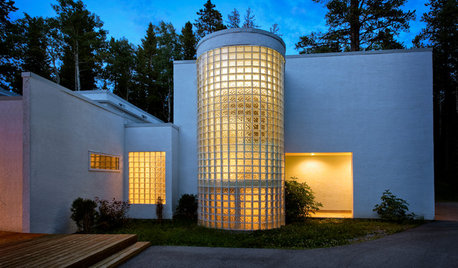
ARCHITECTURECylinders — More Than Architects’ Pipe Dreams
They may look fanciful, but cylinders can serve practical purposes in architectural designs
Full Story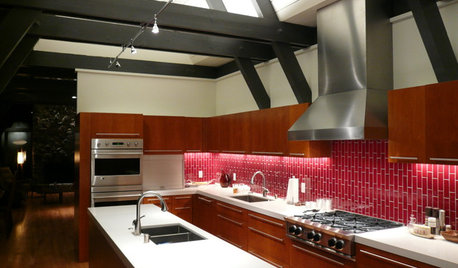
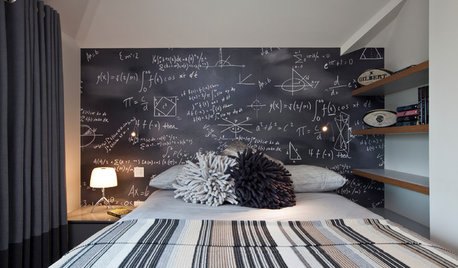
DECORATING GUIDESWhich Rooms Get the Oscar?
On the eve of Hollywood’s night of nights, we bring you top films from the past year and their interior twins
Full StoryMore Discussions






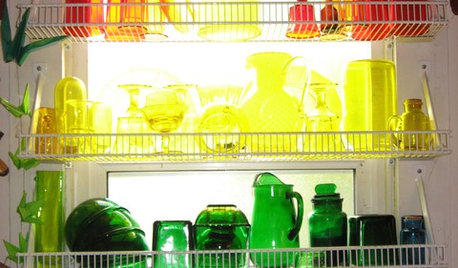



petey_racer
v1rtOriginal Author
Related Professionals
Anderson General Contractors · Barrington General Contractors · La Marque General Contractors · Marinette General Contractors · Newburgh General Contractors · University Heights General Contractors · University Park General Contractors · Valley Station General Contractors · Hemet Solar Energy Systems · Richfield Solar Energy Systems · Boynton Beach Home Automation & Home Media · Chattanooga Home Automation & Home Media · Lakewood Home Automation & Home Media · Surprise Home Automation & Home Media · East Setauket Home Automation & Home Mediapetey_racer
smithy123
v1rtOriginal Author
brickeyee
v1rtOriginal Author
brickeyee
v1rtOriginal Author
smithy123
DavidR
brickeyee
smithy123
brickeyee
Ron Natalie
brickeyee
smithy123
v1rtOriginal Author
Ron Natalie
countryboymo
v1rtOriginal Author
v1rtOriginal Author
smithy123
brickeyee
smithy123
brickeyee
smithy123
petey_racer
smithy123
brickeyee
smithy123
kurto
smithy123